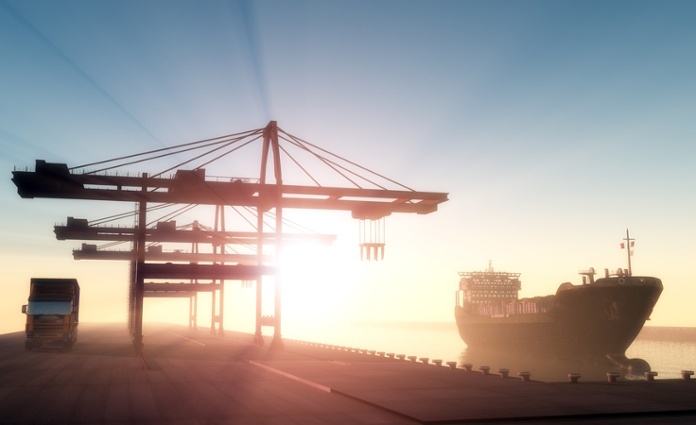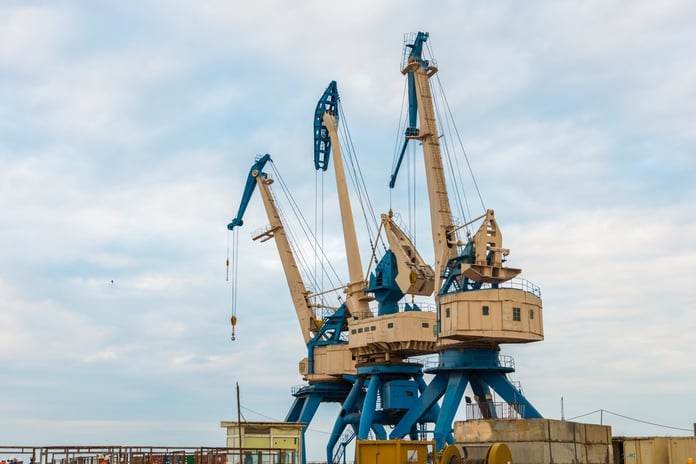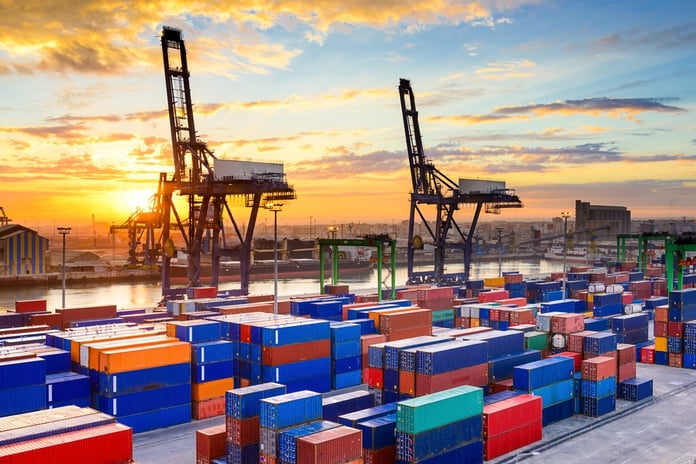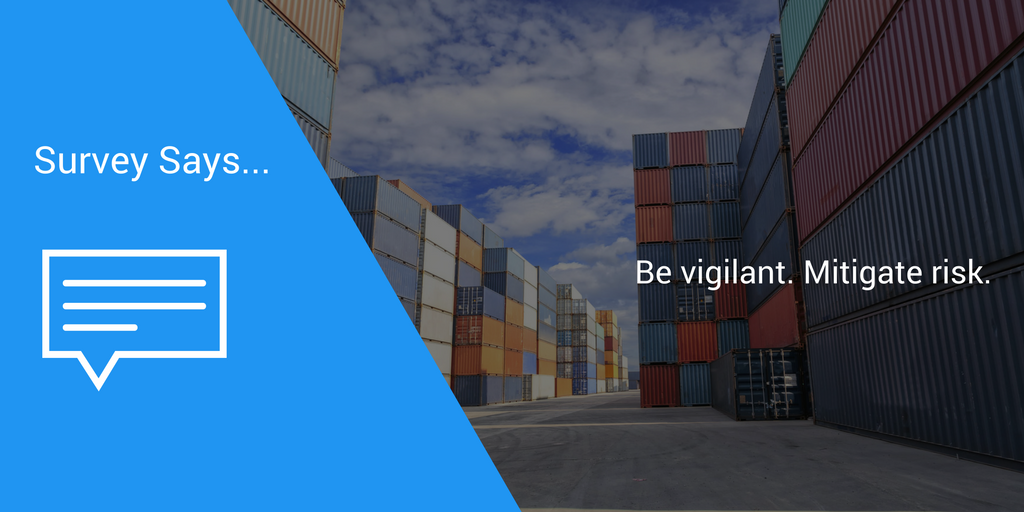The function of shipping, freight and supply chain is exposed to several forms of risks including natural disasters, war, piracy, terrorism, delayed delivery and more. Our recent social media survey asked, “Who does a better job in risk mitigation between carriers, forwarders and NVOCCs, or Online Marketplace.
The results of the survey are the following:
- 18% felt carriers do a better job in risk mitigation
- 82% felt OTIs (76% freight forwarders and 6% NVOCCs) do a better job in risk mitigation
- Online Marketplaces - 0%
We’re not sure why ‘Online Marketplace’ did not receive any votes. Perhaps it is because the market/shippers are not aware of what an Online Marketplace is and what it does. We invite you to leave your comment below, let us know your thoughts on this.

Top 10 Business Risks: Supply Chain Disruption the Biggest
In their Risk Barometer for 2016, Allianz identified Business interruption (incl. supply chain disruption) as the biggest business risk for 2016 (38%) followed by market volatility, cyber incidents, natural disasters (storm, flood, earthquake), legislative and regulatory matters, commodity price fluctuations, loss of reputation, accidents, political risks and fraud.
Customers may become victims of any risk unwittingly if they do not have a comprehensive risk management strategy. The reliability and dependability of the various layers of service providers involved in the whole supply chain is a major risk facing customers especially if the service providers are not evaluated for weaknesses in their service capability, capacity, financial health and overall performance.

Best-Practice Ocean Freight Risks Mitigation Strategies
There are different methods for mitigating risk. For example, risks such as piracy and natural disasters require a physical approach. While other risks, such as customer insolvency requires a financial approach while risks associated with incorrect order placements and delayed delivery requires an analytical approach.

Reputational Damage
In a previous post, we discussed the Hanjin crisis. Hanjin Shipping is a prime example of the consequences of a financial and analytical risk, one that should have been evident from their performance and financial indicators. These risks do not seem to have been managed properly by the company which eventually led to its collapse.
This collapse did not just affect Hanjin. It has put a dent in the reputation of other carriers as well where speculation on all carriers' financial health is front and center. In previous blog posts, we highlighted the financial situations of Maersk and Hapag-Lloyd. Close on the heels of Hanjin, there were news items in the press about K-Line also facing bankruptcy which was eventually confirmed to be just a rumor. There now also a rumor of Hamburg Süd shopping for a buyer.
This could also explain the mere 18% vote the carriers received as opposed to the 82% of the OTIs in terms of the risk mitigation capabilities.

Be Vigilant
As can be seen, shipping, freight and supply chain industry is one fraught with various types of risks, any of which could hit the industry at any time.
While it may not be possible to eliminate risks completely from the supply chain process, all companies must have an inclusive risk mitigation strategy that allows the company to foresee the risks and take necessary precautions to ensure minimum disruptions in their supply chains.
Use Data to Mitigate Risks
Learn how the Xeneta platform works and how you can use it to see how your ocean freight prices perform against the market. Make sure your supply chain flow is not interrupted and stay abreast of current ocean freight prices.
The Xeneta platform:
- Data for 60,000+ port-port pairs, trade lane corridors
- 35+ million contracted rates
- Turnkey solution; zero implementation effort


-1.jpg)



